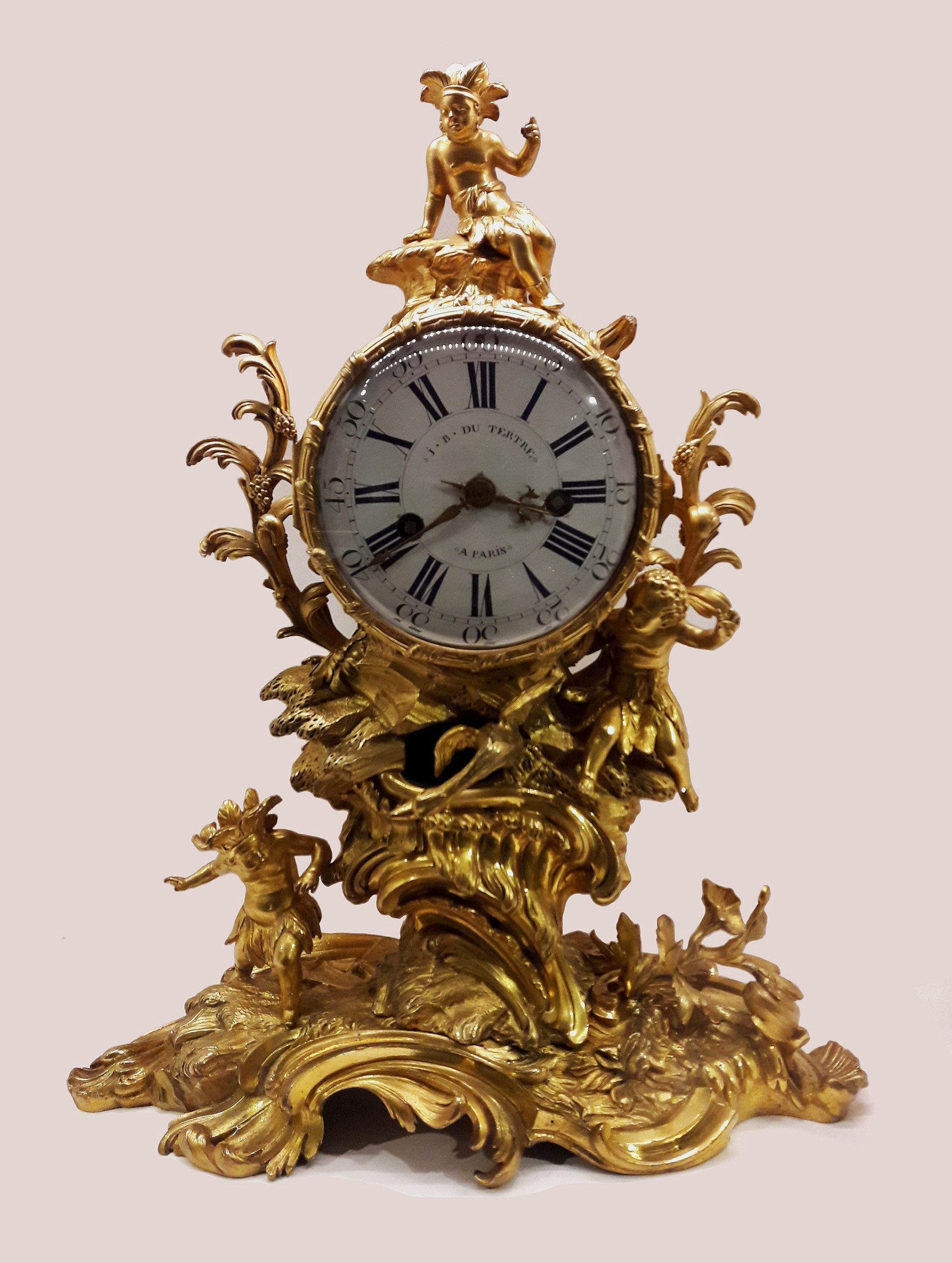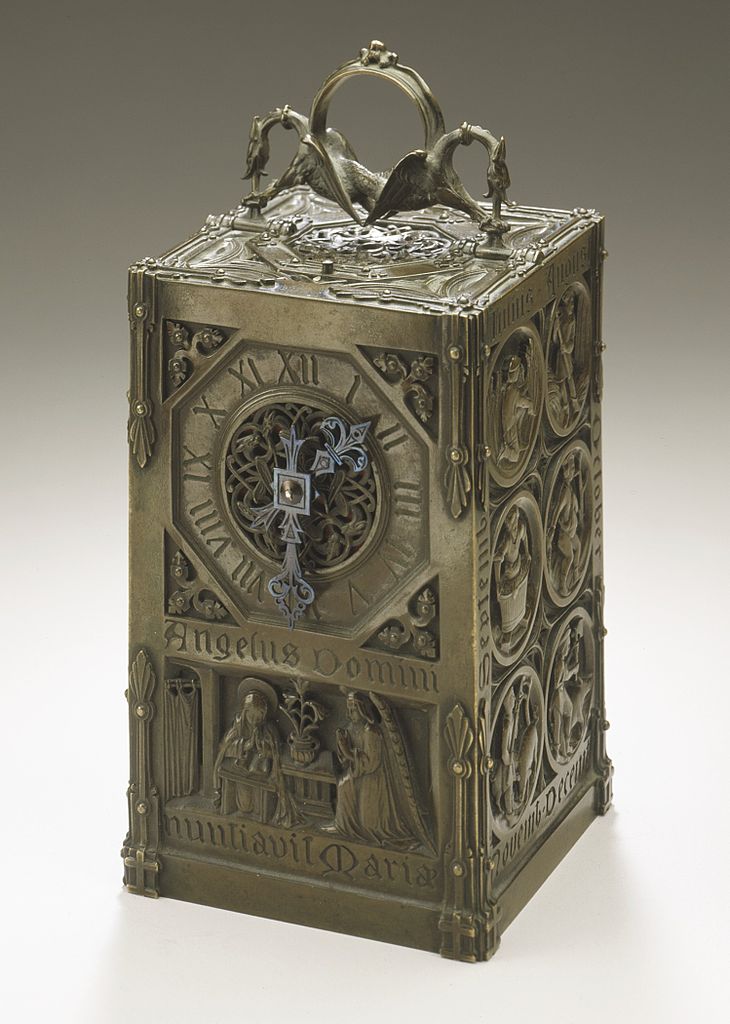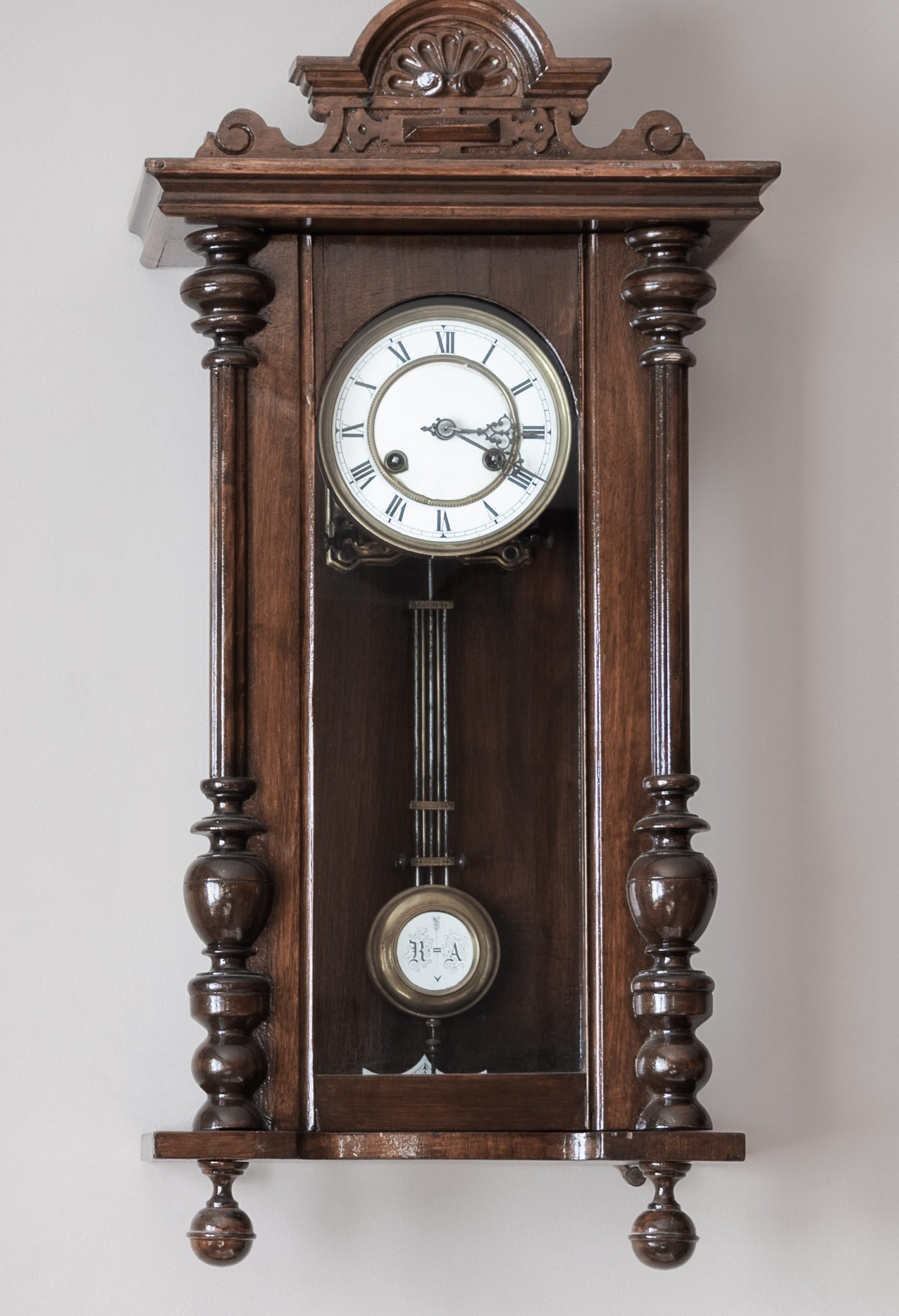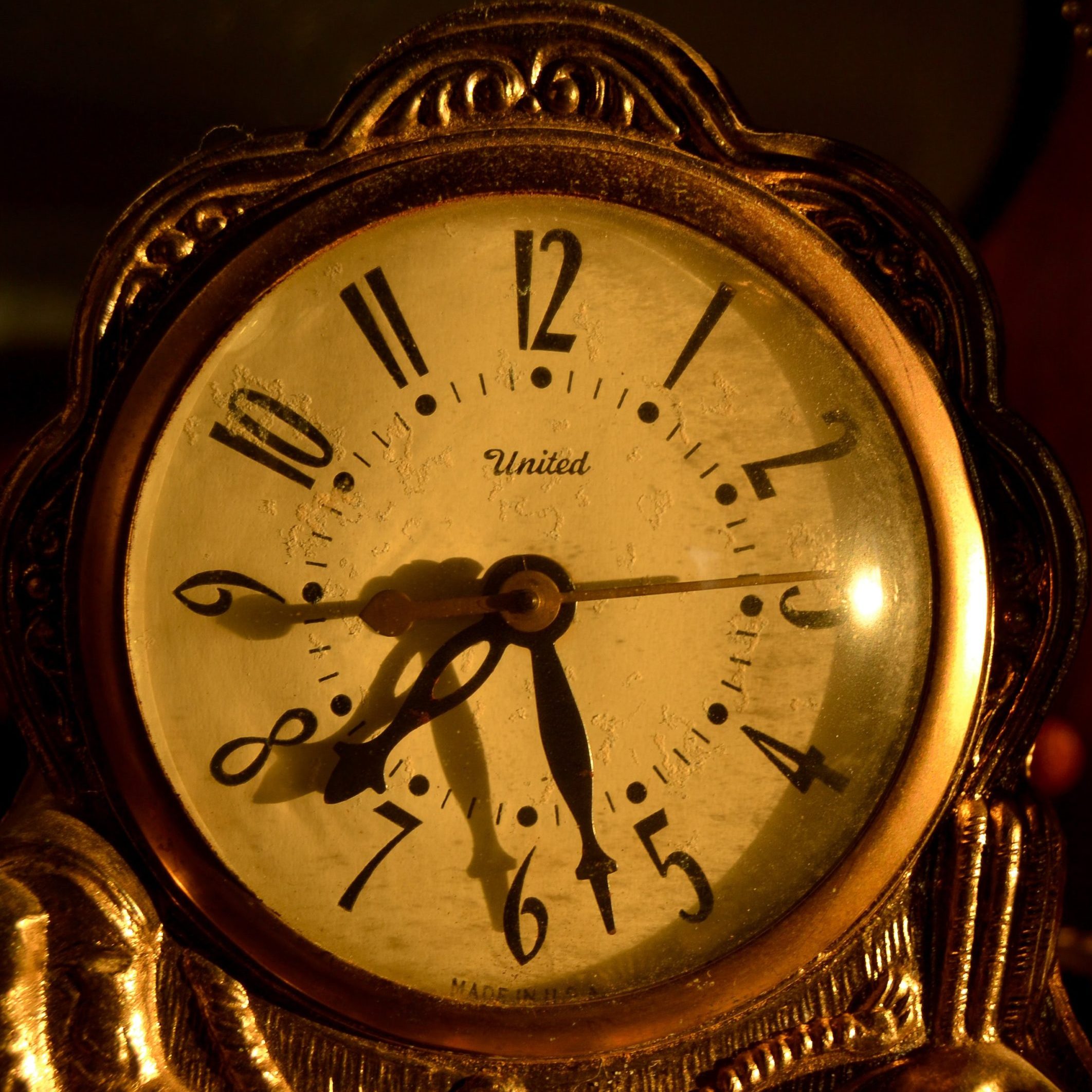Clocks are one of the most popular and widely collected antiques, with a rich variety of styles and forms, including grandfather, carriage, mantel, wall, and bracket clocks. As time-keeping machines and decorative pieces, they can be both functional and ornamental in home design. Find out how to incorporate different types of antique clocks into your decor.
Antique clocks are unique in that they are both functional pieces and works of art. They can be a beautiful focal point for your home. A properly chosen antique clock can instantly add a touch of grandeur to a room when placed on the mantel of your living room or on a shelf in your study. There are many types of antique clocks, and each has its own recognizable appearance. Whether you have an open-floor plan or a more traditional, segmented layout, you can find a clock that fits your interior perfectly.
5 Best Types of Antique Clocks for Home Decor
Grandfather Clocks
Named after the song "My Grandfather's Clock" written by Henry Clay Work in 1876, these clocks are one of the most popular types of antique clocks found in homes today. Most grandfather clocks were made between 1680 and 1830. They have a tall case usually made from oak or mahogany and glass doors that hold a swinging pendulum. The oscillating weight hanging beneath the clock is made of lead or brass. One of the best features about these is that they chime on each hour and half hour. Grandfather clocks are perfect if you want to make a statement in your home. They are best used as a focal point in large rooms like living spaces with high ceilings or large foyers.
Mantel Clocks
Also known as shelf or table clocks, mantel clocks are small enough to be placed on the fireplace mantel. They originated in France but later became popular in England and America as well. Most mantels are made from marble or wood, with metal faces and hands that may be covered with paint or enamel. Mantel clocks are often plain, but other styles include inlays of brass or mother-of-pearl. Their look ranges from rustic to contemporary, so they are also a great option to make a statement in your home if you don’t want a decorative piece to take up too much space.

Carriage Clocks
These small portable timepieces were designed for travel use by European aristocrats during the 18th century. In the 19th century, they were often used as gifts for wedding anniversaries or as retirement gifts to mark long service by employees. They are typically made from brass and glass and are very decorative. Their small size makes them excellent options as a centerpiece on your dining table or countertop. They are also popular options for mantlepieces and desks, bringing a functional edge to these areas of your home.

Wall Clocks
Wall clocks have traditionally been placed in rooms that are used for gathering or living (living room, dining room, kitchen, den, etc.). They were also common in offices and schools. Wall clocks are mounted on the wall, either by hooks or by being enclosed in a frame. They come in many different shapes and sizes and can make a stunningly beautiful addition to a modern home. Hidden or eye-catching, matching the general color palette of the room or used as a colorful accent – wall clocks bring a definite character to the interior. Regulator wall clocks were invented in the late 1700s to help synchronize timepieces. They are usually tall, large, and rectangular and have a pendulum that swings from side to side. Hall or banjo wall clocks date back to the same period and were also used for the same purpose. They are long and narrow, with a pendulum at the bottom. Gallery wall clocks are large, round clocks with Roman numerals, which hang on the wall like a picture or painting would. They were often placed in galleries or meeting places where events could be timed.

Bracket Clocks
Bracket clocks are smaller timepieces that were often displayed on shelves or small tables in homes and stores in the 1800s. They are usually made of ebony and decorated with brass inlays or tortoiseshell and covered with lacquer, which gives them a beautiful finish. In the past, these clocks were very expensive and not affordable for every household – that's why they were equipped with handles to make them easier to carry around. These small decorative items were often given as gifts at weddings and anniversaries. In modern homes, placed on shelves or dressers, bracket clocks make not only elegant accent pieces but also excellent conversation starters for guests.
